
Eupithecia satyrata, the satyr pug, is a species of moth of the family Geometridae. It was described by Jacob Hübner in 1813. It is found from Ireland, through northern and central Europe east to all of Russia and central Asia and western Siberia to Tibet. It is also present in North Africa and North America.
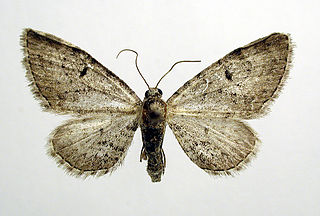
Eupithecia pimpinellata, the pimpinel pug, is a moth of the family Geometridae. The species was first described by Jacob Hübner in 1813. It is known from most of Europe to Morocco, Siberia, Kyrgyzstan, Altai, Mongolia.It primarily colonizes bushy places, forest edges, clearings, hedges, mountain slopes, embankments, railway dams and parks as well as semi-dry grasslands. In the Alps it rises to heights of 1800 metres.

Eupithecia selinata is a moth of the family Geometridae. It is found from Japan through the Amur Region, Siberia, the Urals, Caucasus and Russia to western Europe and from southern Fennoscandia to the Alps.
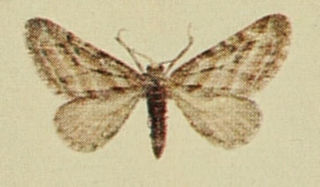
Eupithecia extensaria, the scarce pug, is a moth of the family Geometridae. The species was first described by Christian Friedrich Freyer in 1844. It is found in the British Isles, Spain and eastern Europe.
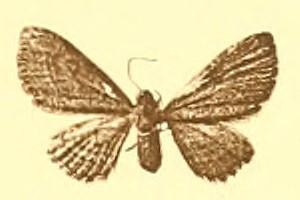
Eupithecia barteli is a moth in the family Geometridae. It is found in Afghanistan, the southeastern part of European Russia, north-western Kazakhstan, Tajikistan, Nepal, India and China.
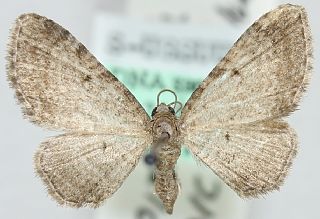
Eupithecia addictata is a moth in the family Geometridae. It is found from north-eastern Italy, through Austria, northern Hungary and southern Slovakia to Ukraine, Russia and Japan. It is also found in the southern Balkan Peninsula.
Eupithecia mystica is a moth in the family Geometridae. It is found in Ukraine, North Macedonia, Greece and Romania.
Eupithecia graphata is a moth in the family Geometridae. bIt was described by Treitschke in 1828. It is found in most of southern and eastern Europe, as well as the Near East.
Eupithecia suspiciosata is a moth in the family Geometridae. It was described by Karl Dietze from the US state of California.
Eupithecia sardoa is a moth in the family Geometridae. It is found in North Africa and on Corsica, Sardinia, and Mallorca. It was recently recorded from the Parco Naturale della Maremma in Italy.
Eupithecia mesogrammata is a moth in the family Geometridae. It is found in Iran, Turkey and Georgia.
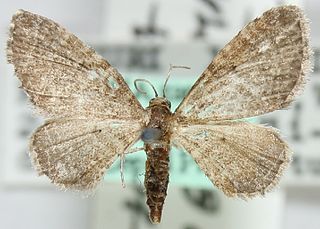
Eupithecia homogrammata is a moth in the family Geometridae. It is found in Russia, Japan and Korea.
Eupithecia emanata is a moth in the family Geometridae. It is found in the Russian Far East, on the Kuriles and in Japan.

Eupithecia subbrunneata is a moth in the family Geometridae. It is found in China and Russia.
Eupithecia terrenata is a moth in the family Geometridae. It is found in Turkmenistan and Turkey.
Eupithecia elimata is a moth in the family Geometridae first described by Karl Dietze in 1906. It is found in Algeria.
Eupithecia elissa is a moth in the family Geometridae first described by Karl Dietze in 1910. It is found in Tunisia.
Eupithecia lacteolata is a moth in the family Geometridae. It is found in Russia and Turkey.
Eupithecia vacuata is a moth in the family Geometridae. It is found in central Asia.
Eupithecia dearmata is a moth in the family Geometridae. It is found in Turkey. Adults have dull grey wings with a large number of scattered dark scales and a wing span of 14–15 mm.






